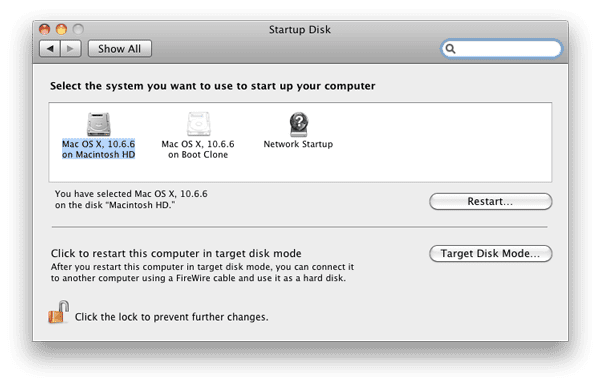

- #MY MAC OS X STARTUP DISK IS FULL HOW TO#
- #MY MAC OS X STARTUP DISK IS FULL SERIAL NUMBER#
- #MY MAC OS X STARTUP DISK IS FULL MANUAL#
- #MY MAC OS X STARTUP DISK IS FULL UPGRADE#
#MY MAC OS X STARTUP DISK IS FULL MANUAL#
➤ Download Gemini 2 Manual Method 1: Find out what’s occupying your storage space However, you can use Gemini 2, which makes it easy to find and remove duplicate files on your Mac. It basically automates the steps mentioned in this article with the exception of finding the duplicate files and restarting your Mac. If you don’t want to do the steps mentioned below manually, then you can use CleanMyMac 3 to get rid of temporary files, clean up extra language files, uninstall applications, get rid of extra files left behind by application uninstallations, find and get rid of big attachments stored in Mail, and a whole lot more.
#MY MAC OS X STARTUP DISK IS FULL HOW TO#
How to fix ‘startup disk is almost full’ warning on your Mac Simplest Method Note: It is highly suggested that you backup your hard drive with Time Machine before you take any of the following steps in order to ensure you don’t accidentally delete any needed data. To keep your Mac at its optimal performance level and to banish the “startup disk full” message for good, here are some easy steps to find what’s taking up most of your space and how to clear up your storage quickly and painlessly. While you may be able to temporarily fix this issue by deleting any large unused files clogging up your storage drive, persisting with low storage space can impact the startup speed and performance of your computer. If you need anymore help in regards to this please contact us here.We all love our Macs but they tend towards the lower end in terms of default storage space, so many users will inevitably come across the dreaded “startup disk is almost full” message at some point.
#MY MAC OS X STARTUP DISK IS FULL SERIAL NUMBER#
To verify eligibility to install macOS, your Mac serial number is sent to Apple, and you might be asked for your Apple ID. If you don't see it, click Show All Disks.

Click Continue, then follow the onscreen instructions.Choose Reinstall macOS (or Reinstall OS X) from the utilities window.You're now ready to install macOS.įollow these steps after starting up into the recovery agent: When done, quit Disk Utility to return to the utilities window.Click Erase to begin erasing your disk.


#MY MAC OS X STARTUP DISK IS FULL UPGRADE#
Upgrade to the latest macOS that is compatible with your Mac. Install the latest macOS that was installed on your Mac, without upgrading to a later version. Release when you see the Apple logo or a spinning globe. Hold down one of the following combinations immediately after pressing the power button to turn on your Mac. The Recovery installs different versions of macOS depending on the key combination you press while starting up.


 0 kommentar(er)
0 kommentar(er)
